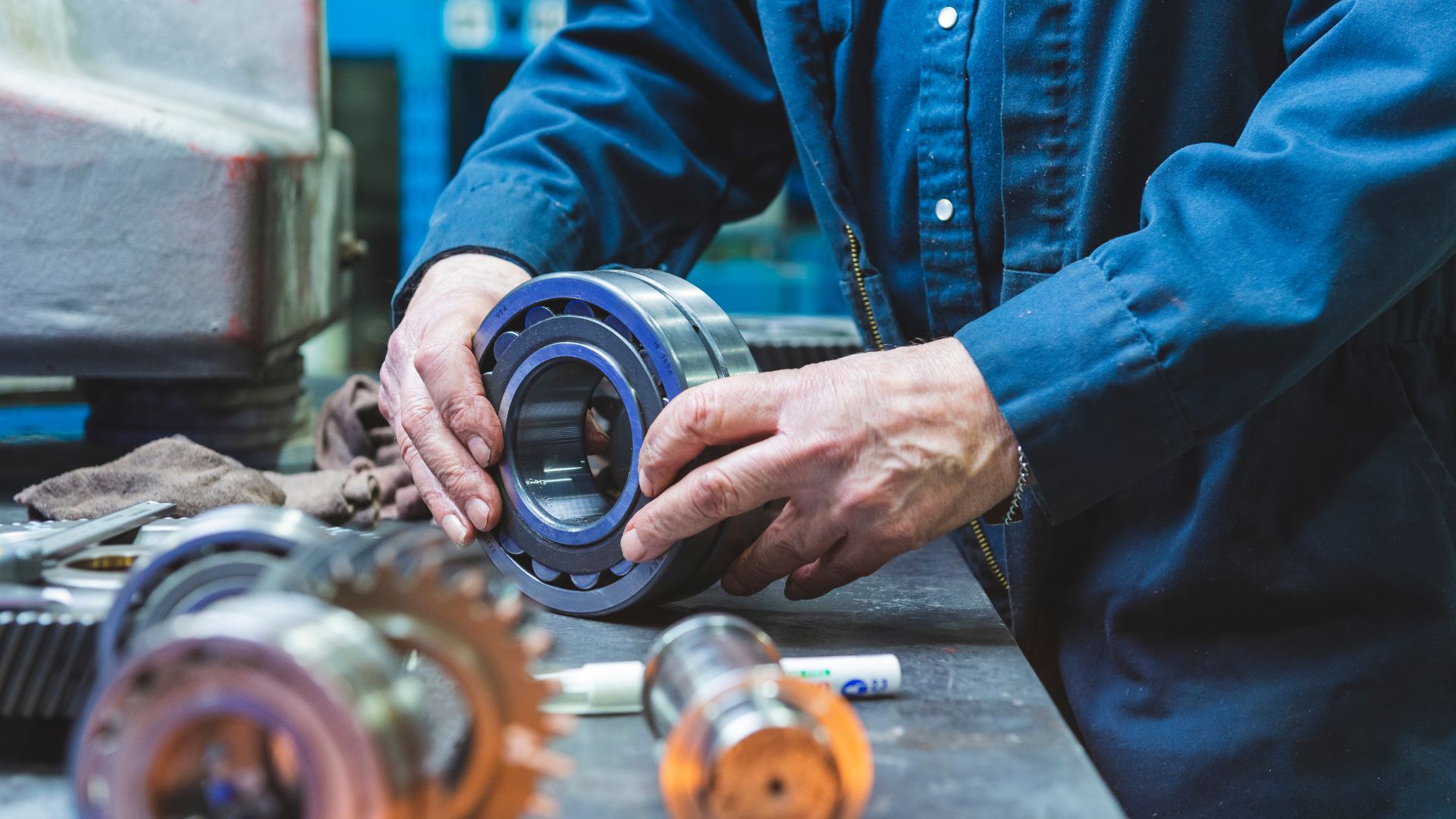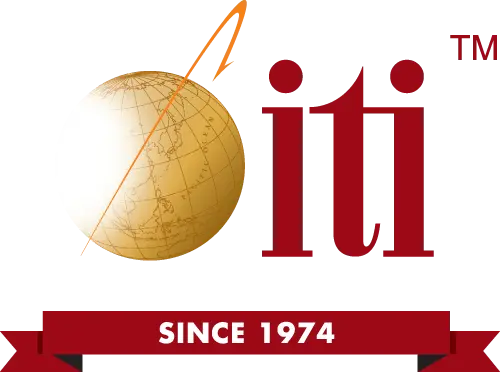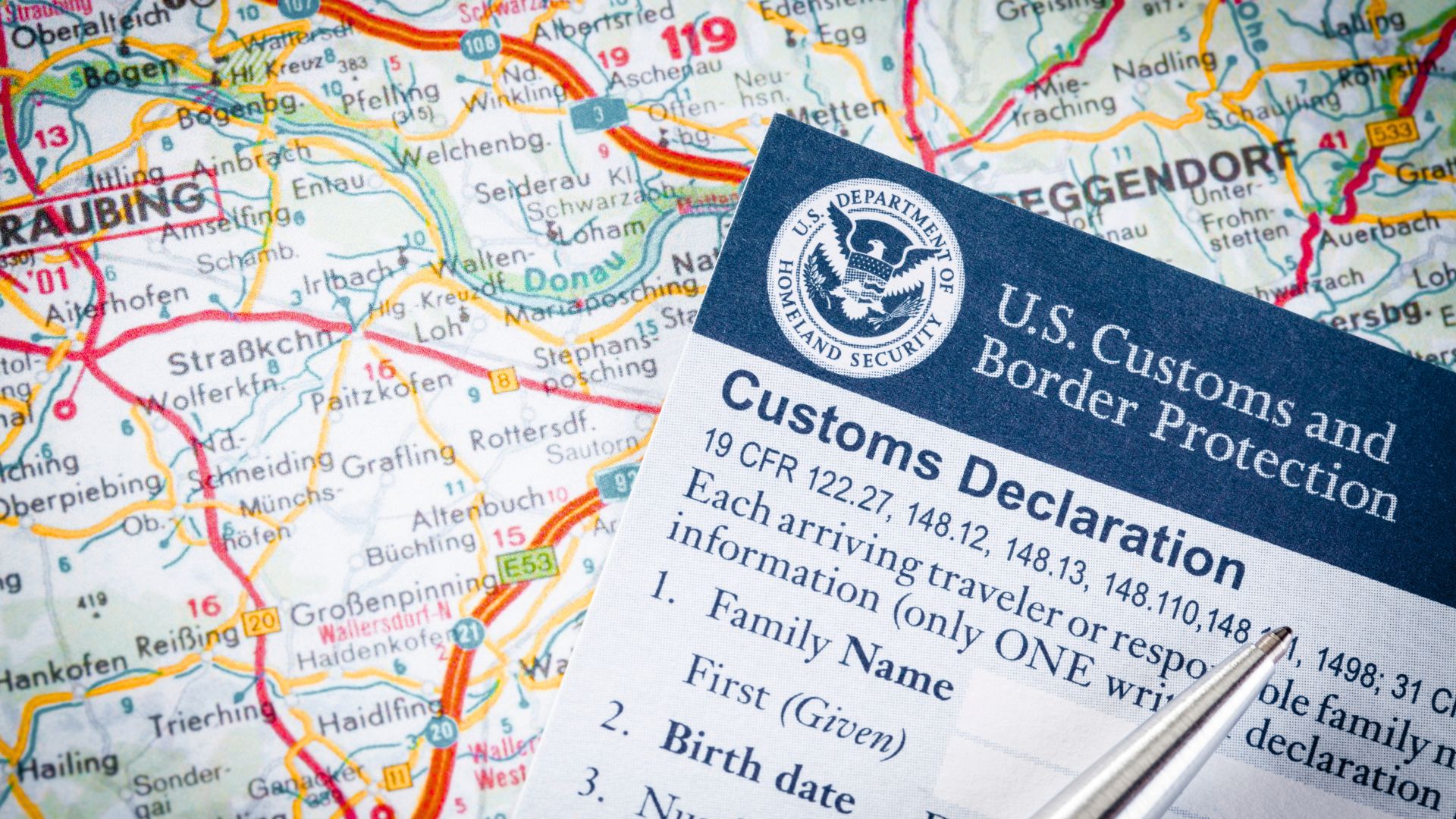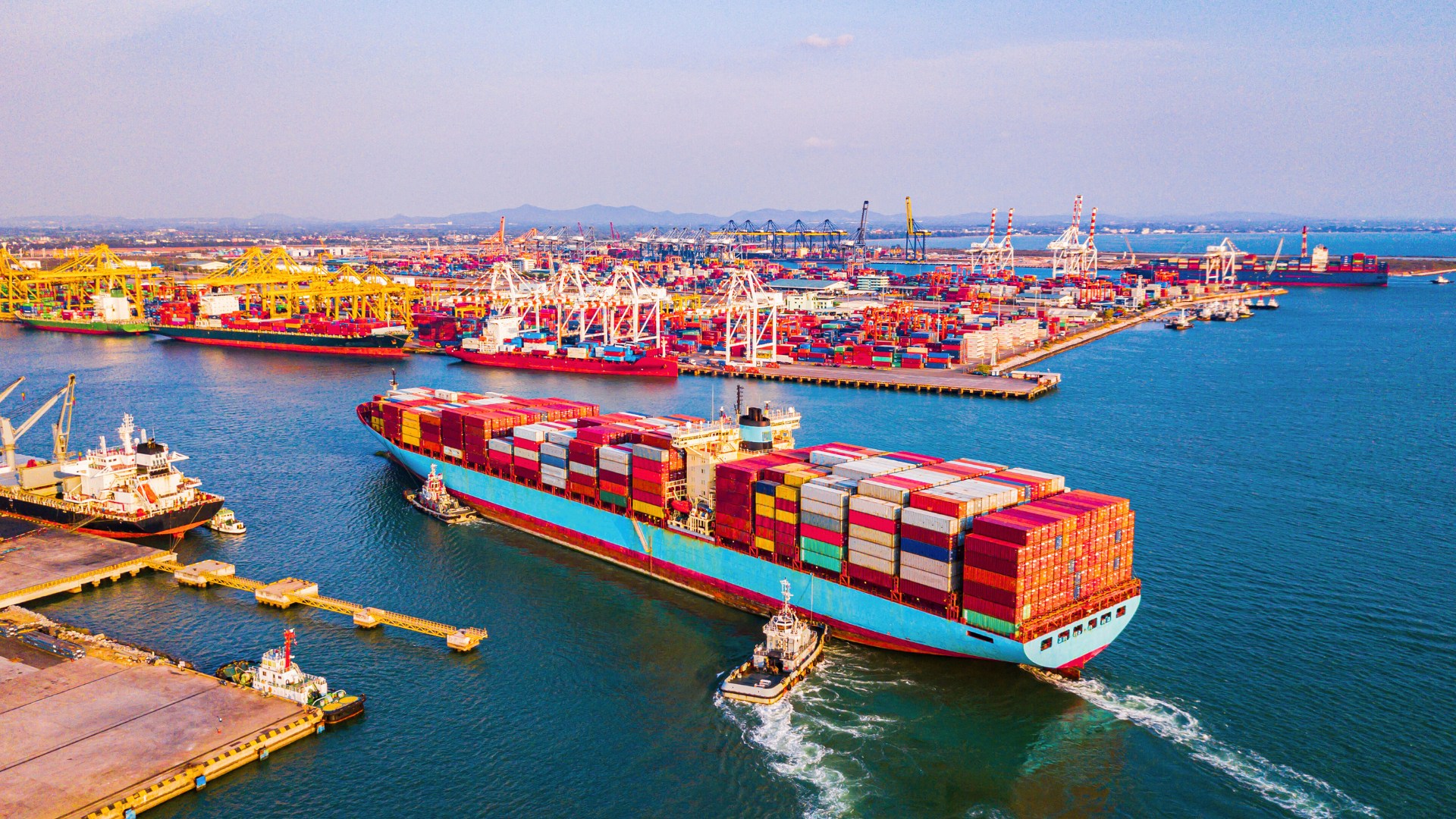
Are you looking to manufacture your product overseas but don’t know where to begin?
There are numerous opportunities for businesses to scale and innovate in today’s global marketplace, especially when it comes to manufacturing. Finding an overseas manufacturer can be a strategic move that saves costs, enhances product quality, and opens doors to new markets. However, it also involves navigating complex challenges and making crucial decisions that can significantly impact your business’s success.
Let’s walk through the essential steps to finding the right overseas manufacturer for your product, ensuring that you make informed decisions to benefit your business.
3 Key Benefits of Working with an Overseas Manufacturer
Before diving into the process, it’s essential to understand why businesses choose to work with an overseas manufacturer. The primary advantages include cost savings, access to specialized skills and technology, and the ability to scale production quickly.
- Cost Savings: Labor and material costs in certain countries are significantly lower than in the U.S. This cost advantage can allow you to offer competitive pricing while maintaining healthy profit margins.
- Access to Specialized Skills: Some countries have specialized industries, offering advanced technologies and skilled labor that may not be readily available domestically. Partnering with a manufacturer in these regions can enhance product quality and innovation.
- Scalability: Overseas manufacturers often have the capacity to scale production rapidly, making it easier to meet increased demand as your business grows.
Research and Identify Potential Manufacturing Partners
The first step in finding the right overseas manufacturer is thorough research. Start by identifying countries known for manufacturing your type of product. For example, China is renowned for electronics and textiles, while India excels in pharmaceuticals and automotive parts. Consider factors such as industry reputation, government regulations, and trade agreements that might affect your decision. Additional research when trying to find an overseas manufacturer includes:
- Assessing Manufacturer Reputation: It’s crucial to evaluate the reputation of each manufacturer. Look for online reviews, testimonials, and case studies. Check if the manufacturer has experience working with companies in your industry and whether they have a proven track record of delivering quality products on time.
- Communication: Reach out to shortlisted manufacturers to gauge their responsiveness and professionalism. The way a manufacturer communicates during the initial stages can be indicative of their overall reliability.
Evaluating Quality and Compliance in Overseas Manufacturers
Once you have a list of potential manufacturers, the next step is to evaluate the quality of their products and ensure they comply with federal standards and regulations. This is a critical step to avoid issues such as defective products, legal penalties, or damage to your brand’s reputation.
Manufacturer Expectations and Product Sampling
Before making any commitments, request product samples. This will give you a tangible sense of the manufacturer’s capabilities and the quality of their materials and craftsmanship. Be clear about your expectations and product specifications when requesting samples.
Quality Control Measures
Inquire about the manufacturer’s quality control processes. Ask about their approach to managing quality, from sourcing raw materials to the final inspection of finished goods. A reliable manufacturer should have robust quality control systems in place to minimize defects and ensure consistency.
Compliance with Regulations
Ensure the manufacturer complies with all relevant industry standards and regulations, including safety, environmental, and labor laws. Depending on your product, this may include ISO certifications, CE marking, or adherence to FDA regulations. Non-compliance can result in significant legal and financial risks for your business.
Negotiating Terms and Building a Relationship
Negotiating terms with an overseas manufacturer can be complex, but it’s a critical step in establishing a successful partnership. Key areas to focus on include pricing, payment terms, lead times, and minimum order quantities (MOQs).
Establishing a strong relationship with your manufacturer is key to long-term success. Invest time in understanding their culture and business practices, and strive for open and transparent communication. A good relationship can lead to better collaboration, problem-solving, and mutual growth.
Managing Logistics and Supply Chain Risks
Managing logistics and mitigating supply chain risks are critical aspects of working with an overseas manufacturer. The logistics process involves shipping, customs clearance, and warehousing, all of which require careful planning and coordination.
Freight Shipping
It’s important to work with a reliable freight forwarder to manage the complexities of international shipping. They can assist with documentation, customs clearance, and finding the most cost-effective shipping routes.
Customs and Duties
Navigating customs regulations and duties is crucial, especially when importing products from overseas. It’s essential to have a thorough understanding of the customs requirements of both the exporting and importing countries. Work closely with your freight forwarder to ensure all necessary documentation is in order, such as bills of lading, commercial invoices, and packing lists.
NOTE: Be aware of any duties or tariffs that may apply to your products and factor these into your cost calculations. Staying informed about changes in trade policies or tariffs can help you avoid unexpected costs and delays.
Warehousing and Inventory Management
Once your products arrive, having a solid plan for warehousing and inventory management is key to ensuring a smooth operation. Consider whether you need a third-party logistics (3PL) provider to handle warehousing, or if you will manage inventory in-house. Effective inventory management helps maintain the right balance between meeting customer demand and minimizing holding costs.
Mitigating Supply Chain Risks
Working with an overseas manufacturer introduces various supply chain risks, including delays, quality issues, and geopolitical factors. To mitigate these risks, consider diversifying your supply base by working with multiple manufacturers or having backup suppliers. Establish contingency plans for potential disruptions, such as natural disasters, political instability, or transportation strikes. Regularly review and update these plans to ensure they remain relevant and effective.
How ITI Builds Long-Term Success with Your Overseas Manufacturer
Finding the right overseas manufacturer can be a long and complicated process. Building a successful relationship requires research, attention, communication, and a commitment to continuous improvement. To ensure long-term success, it’s essential to continually nurture and manage the relationship.
At ITI Manufacturing, we know supply chain issues can be frustrating and time-consuming. That’s why we use our ITI proven process to take the worry out of manufacturing.
- Sourcing: After defining and assessing your project, ITI’s global supply chain team reviews the details and matches your products with the best factory. We work primarily in the Americas, China, South Korea, Vietnam, Taiwan, and other various countries. We report weekly on sourcing progress, so you stay informed, always.
- Negotiation: ITI negotiates in local dialects with factory owners and key personnel to get competitive prices and delivery terms. We make pricing predictable with no surprise costs.
- Sampling: Production samples are provided for testing and inspection, before authorization for production. Customers review samples for functionality, design criteria, specifications, and compliance with domestic safety standards. We are accountable for ensuring that sampling leads to approval.
- Production: Once samples are approved, ITI monitors production to ensure timely delivery and establishes critical quality checkpoints to ensure products meet your exact specifications. Customers receive weekly updates on the status of their orders.
- Quality: Inspection details and specifications are jointly developed by ITI and you. ITI then conducts in-process and final product inspections to ensure each product or component adheres to those specifications. If quality issues are discovered, we’re accountable. ITI works directly with the factory to resolve discrepancies.
- Shipping and Delivery: Our domestic team manages the logistics and paperwork to deliver the goods to your chosen destination: FOB origin port, domestic Customs warehouse, your specified location, or any port around the world. Customers receive weekly updates on the status of their shipments to aid in production and inventory planning.
Open up new opportunities for your business by partnering with ITI Manufacturing. Our unique approach results in a reliable process that focuses on supply chain visibility, predictability, and accountability through weekly updates of the status of your projects, orders, and shipments. Contact us or book a meeting today if you want to scale efficiently, reduce costs, and deliver high-quality products to your customers.





